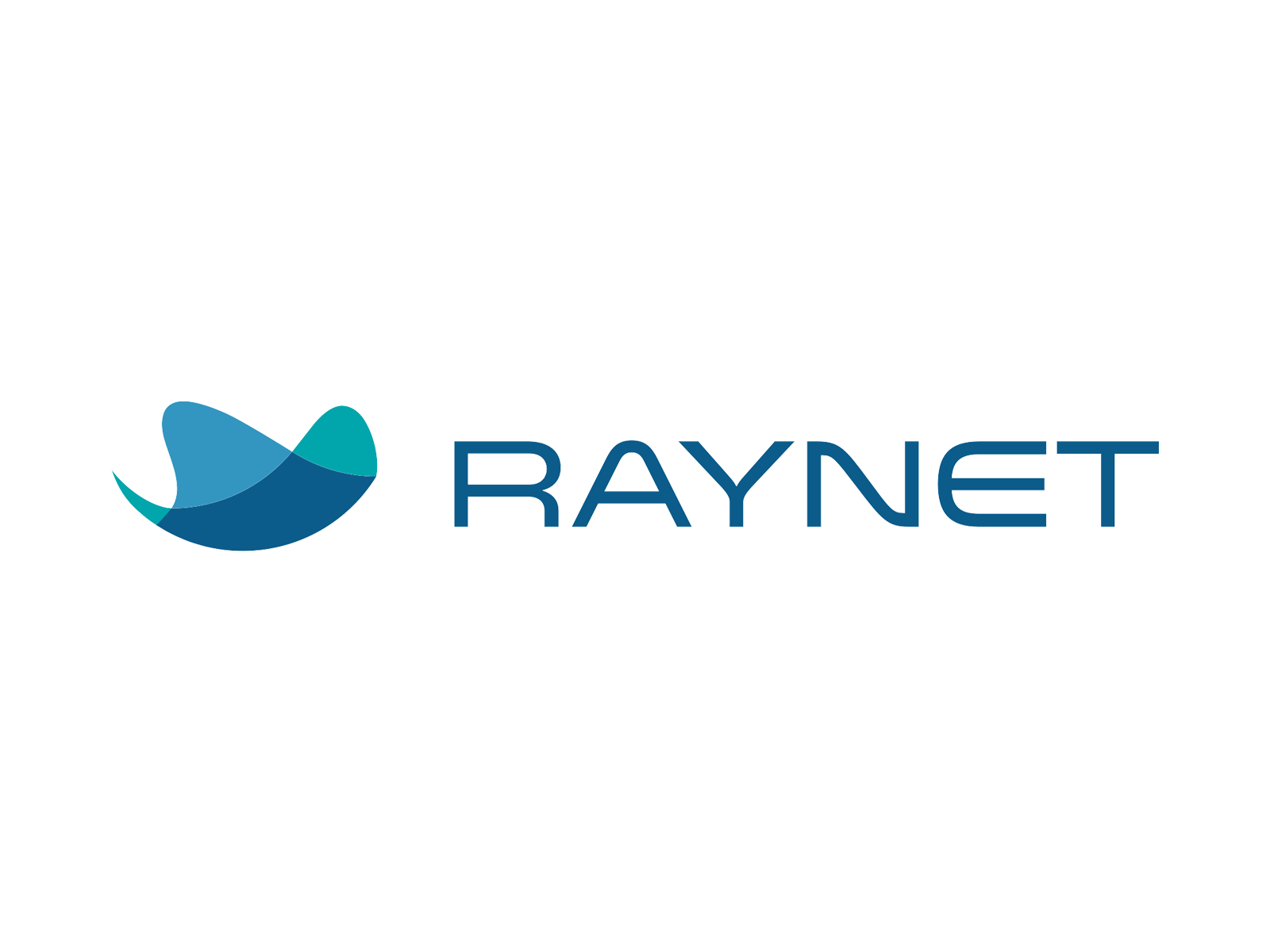Lead management is the comprehensive set of practices a company undertakes to acquire and retain new customers. The main goal is to achieve a high lead conversion, which ranges from 1.8 to 19% for B2C and 0.35 to 40% for B2B. The process of lead management starts with generating leads, usually through marketing campaigns. Lead capture is the next step and at this stage relevant customer personal and behavioral data is collected and analyzed. The result of the analysis helps the company identify qualified and unqualified leads. For context, qualified leads are individuals who have an interest and purchasing power to buy a product. These qualified leads are then guided through the lead nurturing process.
Lead nurturing is building relationships with potential customers. Therefore, relevant and personalized content is shared to encourage the lead to make a purchase. When the purchase is finalized, the lead becomes a customer. But lead management doesn't stop there. After that, strategies must be put in place to retain that customer and avoid churn. After all, just 5% more customer retention can boost profits by a whopping 95%. The main benefit of managing leads effectively is a significantly higher ROI. More sales revenue comes from the new customers, reducing expenses by retaining them. In addition, the company gains actionable insights during lead nurturing that can be used to better serve the customer. Therefore, it is a crucial strategy to execute.
Listings in Lead Management
Lead management is the comprehensive set of practices a company undertakes to acquire and retain new customers. The main goal is to achieve a high lead conversion, which ranges from 1.8 to 19% for B2C and 0.35 to 40% for B2B. The process of lead management starts with generating leads, usually through marketing campaigns. Lead capture is the next step and at this stage relevant customer personal and behavioral data is collected and analyzed. The result of the analysis helps the company identify qualified and unqualified leads. For context, qualified leads are individuals who have an interest and purchasing power to buy a product. These qualified leads are then guided through the lead nurturing process. Lead nurturing is building relationships with potential customers. Therefore, relevant and personalized content is shared to encourage the lead to make a purchase. When the purchase is finalized, the lead becomes a customer. But lead management doesn't stop there. After that, strategies must be put in place to retain that customer and avoid churn. After all, just 5% more customer retention can boost profits by a whopping 95%. The main benefit of managing leads effectively is a significantly higher ROI. More sales revenue comes from the new customers, reducing expenses by retaining them. In addition, the company gains actionable insights during lead nurturing that can be used to better serve the customer. Therefore, it is a crucial strategy to execute.















